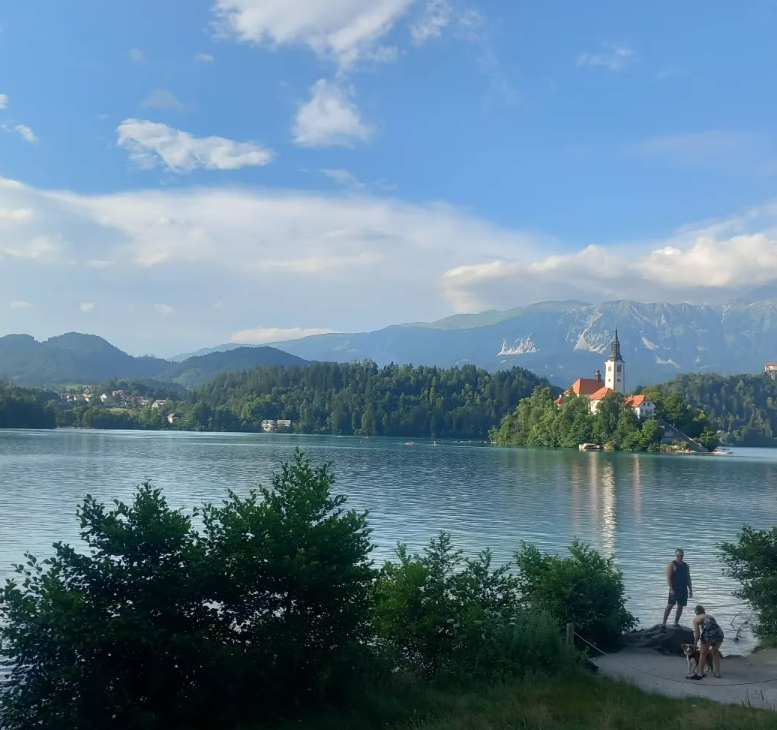Words By Lottie Ennies
The British diet isn’t that wide, but even by our standards, there’s a lot of peculiar stuff that other nations eat. Whether it’s odd body parts of uncommon animals or interestingly shaped vegetables, this article aims at covering the weirdest foods out there and why we should (or shouldn’t) be trying them out.
Huitlacoch – Mexico

In Mexico there is a fungus called Corn smut which turns normal corn kernels into tumour like growths covered in blue-black spores also known as corn mushroom or Mexican truffle. It is a culinary speciality and is called huitlacoche (sleeping excrement); apparently tastes woody and earthy. It is safe to eat and is very popular in Mexico, so I guess huitlacoche is one to try if you are ever there!
Casu marzu - Italy

Casu marzu also known as the rotten cheese; it is made from Pecorino which has been feasted on by the larvae of cheese flies. The larvae eat the fats softening the usually hard middle, leaving a strong and rich taste. Native to Sardinia, this practise results in a fiery delicacy eaten with or without the maggots. However, due to health implications this food is incredibly difficult to come by as it has been banned by the EU European Food Safety Authority. This means that if you are in Italy on holiday, you will have to go through the Italian black market to get your hands on this delicious cheese!
Balut – Philippines
In the Philippines they develop a duck embryo and then boil it alive while still in the shell. Usually seasoned with chilli, garlic and vinegar, it is often eaten alongside a beer. Although this is a common street food in the Philippines, I doubt it will catch on in other parts of the world due to the cruel process of making the food and also the fact that the wings and beak are visible before eating.
Fried Tarantula ÔÇô Cambodia

Sold throughout Cambodia, the spiders are deep fried in garlic oil until crunchy on the outside and soft in the middle. Currently, these spiders are often sold to travellers passing through town and are full of protein as well as being advertised to increase the beauty of the consumer. However, it is thought that the practise of eating spiders started during the brutal reign of the Khmer Rouge when famine was commonplace.
Jellied Moose nose- Canada
An odd dish served in Canada is the Jellied moose nose. The nose is boiled with onions and spices, the hair is removed and then the nose is boiled again; it is then sliced and covered with a broth that sets into jelly. Apparently, the nose meat is very lean and tastes gamey and like willow – ┬áas moose eat a lot of willow. Although I know readers would love to try this dish, unfortunately jellied moose nose cannot be found in restaurants. It can easily be made at home though and is present at a gift- giving feast hosted by indigenous communities in Alaska and North-western Canada.
Airag – Mongolia
In Mongolia they make a kind of beer called airag by taking a mare’s milk and letting it ferment into a fizzy sour slightly alcoholic liquid. Airag is used to make cheese and yoghurt as well as the drink. It is a rich source of vitamins and minerals and hospitality dictates that a bowl of airag should be presented to any visitor. Although just a sip is acceptable, to reject the offer of Airag would be very rude. ┬áSafe to drink, I think if you have the opportunity to try this, you definitely should!


